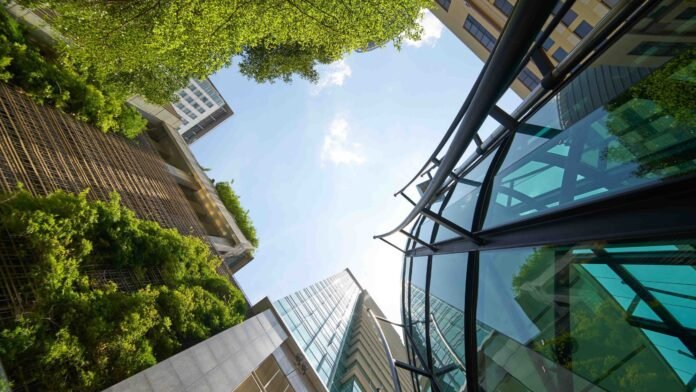BREEAM certification is currently one of the most effective standard approaches for assessing the sustainability of buildings worldwide. BREEAM primarily applies to new construction projects, but building owners can obtain credit for improving the environmental performance of existing buildings by using BREEAM. This not only adds sustainable value to the building but also add value to the market by attracting sensitized tenants or investors.
For certification purposes, existing buildings must be evaluated according to some of these categories like energy efficiency, water usage, waste management, and health and well-being. For instance, BREEAM HEA 06 Assessments UK specifically targets the internal environment quality of the building to ensure that it facilitates the health of the occupants. This paper will take the reader through six major steps by which existing buildings can achieve BREEAM certification.
Carry out Preliminary Assessment:
Energy Efficiency Upgrade:
Enhance Water Efficiency:
Water efficiency forms another key component in the process of BREEAM certification. In addition, its improvement in water performance will translate into the real installation of low-flow fixtures. Rainwater harvesting systems and greywater recycling among others. Monitoring consumption allows for finding areas of high intake and essentially helps increase efficiency in water use. Reduced waste from water can be both a cost-saving measure on utility bills. As well as a building’s contribution to the overall sustainability profile. BREEAM awards credit for water-saving measures, and such practices can considerably. Enhance the prospects of an existing building to achieve certification.
Waste Management Implementation:
Effective waste management is one of the key strategies for achieving BREEAM certification for existing buildings. Building owners should implement extensive waste reduction, recycling, and disposal strategies to ensure the least impairment of the environment. Developing on-site recycling programs, reducing construction waste during renovation, and safe hazardous materials disposal are some of the activities that will attract BREEAM points. We also encourage the occupants to use sustainable ways of managing waste, thereby enhancing the overall performance of the building. A well-positioned and organized waste management plan can be the difference between achieving or failing to achieve certification.
Indoor Environmental Quality Improvement:
The indoor environment is a significant priority area of consideration that plays a big role in the health and well-being conditions of the occupants of any building. Hence, improvements such as better ventilation, appropriate lighting, and noise control measures can all add to general comfort by improving indoor air quality. Breeam intends to focus on issues of health and comfort through assessing such considerations. Apart from benefiting the occupants, these upgrades will benefit the BREEAM score of the building.
Track and Record Performance:
Continued monitoring and recording is also necessary to achieve and maintain a BREEAM certification. Building owners must register all upgrades and improvements, track energy and water usage, manage waste, and monitor indoor air quality. Then, continuous appraisals would be able to ascertain the effectiveness of these efforts and modify strategies according to that to meet the BREEAM criteria. Also during the final BREEAM assessment, proper documentation becomes important. Tt would serve the evidence of compliance with the chosen criteria. Such proactive efforts ensure the building stays on the certification path.
Conclusion:
In the BREEAM system, certifying an existing building involves a complex process. That requires strategic planning across many sustainability criteria to manage issues and ensure continuous improvement. With preliminary assessment, enhancement of energy and water efficiency, effective and professional waste solutions. Tenhancement of indoor environment quality, and accurate monitoring of progress, owners can manage their buildings to be more sustainable and efficient. Beyond this environmental impact, BREEAM certification can enhance the marketability and the long-run value of the building.


